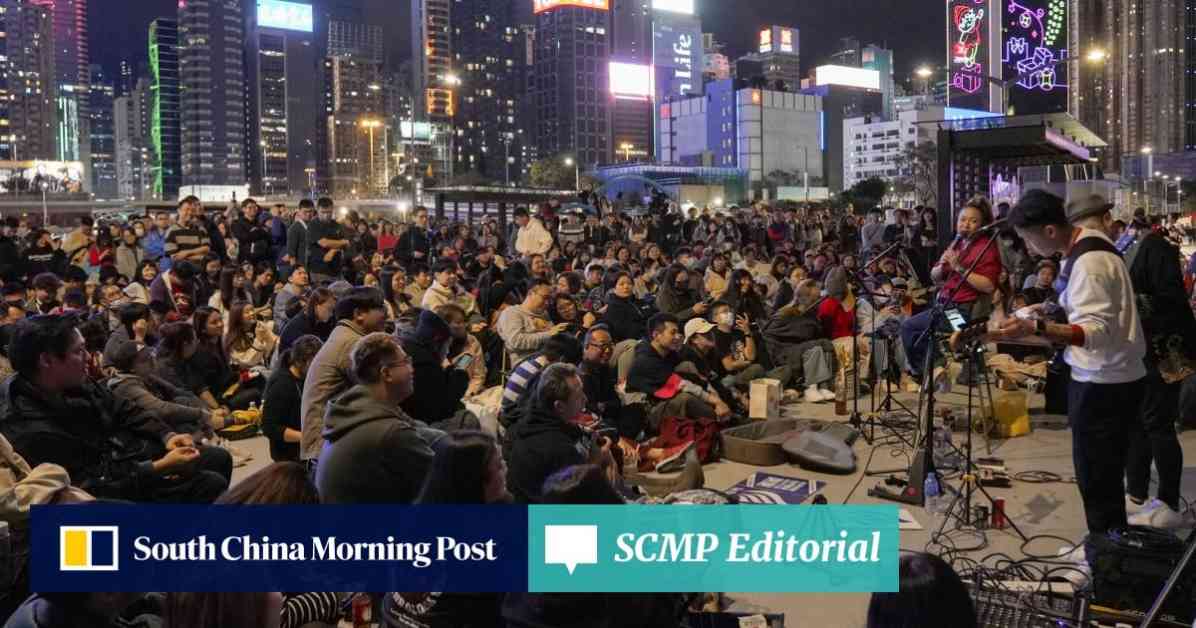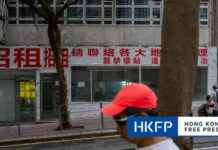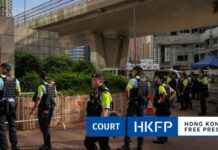Busking in Hong Kong: A Cultural Revival Post-Pandemic
Buskers, the unsung heroes of city streets, have long added a touch of magic to the bustling urban landscapes of major cities worldwide. In Hong Kong, these street performers have faced a rollercoaster ride of acceptance and rejection, with the city’s rich cultural tapestry struggling to fully embrace their artistry. Despite some progress in the 2010s, the momentum of busking was abruptly halted by restrictions on public gatherings during the 2019 social unrest and further stifled by the grip of the pandemic.
However, amidst these challenges, a glimmer of hope has emerged as busking experiences a post-pandemic resurgence in Hong Kong. The success stories of buskers like The Flame, a local group that has been captivating audiences since 2012 with their monthly Cantopop performances, reflect a newfound vibrancy in the city’s busking scene. Drawing crowds in the hundreds, The Flame’s renditions of classic local pop songs have struck a chord with listeners, breathing life into the streets once again.
Navigating the Busking Landscape: Permits, Restrictions, and Challenges
Despite the growing popularity of busking, street performers in Hong Kong must navigate a complex web of regulations to showcase their talents. To play their instruments in public, buskers are required to obtain a permit from the police, restricting their performances to specific times and locations. Moreover, laws prohibit buskers from accepting tips or rewards, aiming to deter any semblance of begging among performers.
However, the reality for many buskers on the streets of Hong Kong is far from ideal. Complaints of police disruptions during performances or sudden demands to relocate to alternative spots add layers of complexity to an already challenging environment. The bureaucratic hurdles and legal constraints often stifle the spontaneity and creativity that are intrinsic to busking, leaving performers yearning for more freedom and flexibility in their craft.
Paving the Way for a Brighter Future: Finding Balance and Harmony
Amidst the regulatory maze that governs busking in Hong Kong, there are glimmers of hope on the horizon. Six designated shared spaces on the harbourfront, along with the outdoor area of the town hall in Sha Tin, offer buskers a platform to showcase their talents without the need for permits. These spaces, free from the shackles of bureaucratic red tape, provide a glimpse of the potential for a more vibrant and inclusive busking culture in the city.
However, as the city treads the fine line between regulation and freedom, the debate around expanding designated busking locations and relaxing stringent requirements gains momentum. While deregulated street performances akin to those in other cities may foster a more organic and dynamic busking scene, concerns about noise disturbances and neighborhood complaints loom large. The cautionary tale of the boisterous buskers in Mong Kok serves as a stark reminder of the delicate balance needed to harmonize the interests of performers, residents, and authorities.
As Hong Kong embarks on a journey towards reimagining its busking landscape, the city stands at a crossroads, poised to redefine the role of street performers in its cultural narrative. The resurgence of busking post-pandemic signals a renewed appreciation for the art form, underscoring its ability to bridge communities and enliven public spaces. In this delicate dance between regulation and creativity, the future of busking in Hong Kong holds the promise of a harmonious symphony that resonates with the soul of the city.



















